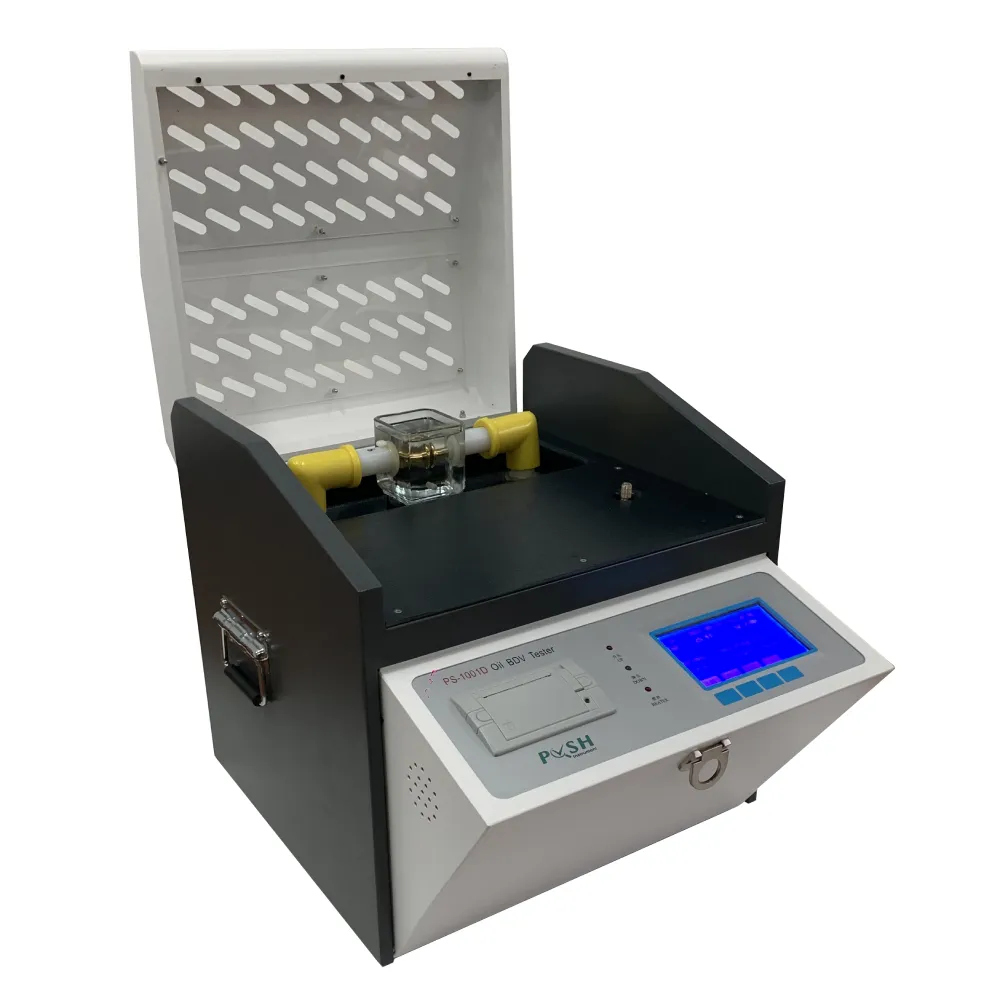 English
English


Exploring the Functionality of Transformer Tap Technology in Modern Electronics
Understanding Transformer Tap A Key Element in Power Systems
In the realm of electrical engineering and power systems, the term transformer tap refers to a crucial component of transformer technology. Transformers, essential devices used to step up or step down voltage levels, are vital for efficient electricity transmission and distribution. A transformer tap, specifically, allows for the adjustment of the transformer's voltage ratio, enabling operators to optimize performance and maintain stability in electrical systems.
Transformers operate on the principle of electromagnetic induction. When alternating current (AC) flows through the primary winding, it creates a magnetic field that induces a current in the secondary winding. The ratio of turns between the primary and secondary windings determines the voltage transformation. However, variations in the grid demand, load characteristics, or supply conditions can lead to voltage fluctuations, necessitating adjustments in the transformer’s output.
This is where transformer taps come into play. Taps are fixed points along the winding of a transformer that provide options for connecting the secondary side to different turn ratios. By selecting a tap position, engineers can either increase or decrease the voltage output, allowing for real-time adjustments based on the current operational requirements.
Types of Transformer Taps
There are generally two types of taps taps on the primary side and taps on the secondary side. Primary taps adjust the input voltage to the transformer, while secondary taps allow for variation in the output voltage. Both types are critical in managing load conditions effectively.
transformer tap

Taps can be manually or automatically operated. Manual tap changers require an operator to physically adjust the tap position, which is suitable for applications with less frequent load changes. In contrast, automatic tap changers (or on-load tap changers) can dynamically adjust the tap position in response to changing electrical conditions without interrupting the power supply. This feature is vital in maintaining voltage stability in large electrical grids.
Impact on Power Quality
Utilizing transformer taps efficiently can have a significant impact on power quality. Fluctuations in voltage can lead to inefficiencies and even damage to electrical equipment. For instance, undervoltage can cause motors to stall, while overvoltage may lead to overheating. By maintaining the voltage levels within specified limits through the use of transformer taps, utilities can minimize power quality issues and enhance the reliability of the electrical supply.
In addition, transformer taps play a vital role in minimizing losses during transmission. By adjusting the voltage levels close to the consumption point, utilities can reduce the current flowing through the lines, thereby lowering I²R losses (where I represents current and R represents resistance). This not only optimizes the efficiency of electricity delivery but also prolongs the lifespan of the power infrastructure.
Conclusion
In conclusion, transformer taps are an integral part of modern electrical systems, allowing for the flexible management of voltage levels in response to fluctuating demand. Their significance extends beyond mere voltage adjustment; they contribute to the overall efficiency, reliability, and quality of power supplied to consumers. As the electrical grid continues to evolve, the implementation of advanced transformer technologies, including smart tap changers, will be essential in addressing the challenges posed by increasing energy demands and the integration of renewable energy sources. Understanding and utilizing transformer taps effectively ensures a stable and resilient power system for the future.
-
Differences between open cup flash point tester and closed cup flash point testerNewsOct.31,2024
-
The Reliable Load Tap ChangerNewsOct.23,2024
-
The Essential Guide to Hipot TestersNewsOct.23,2024
-
The Digital Insulation TesterNewsOct.23,2024
-
The Best Earth Loop Impedance Tester for SaleNewsOct.23,2024
-
Tan Delta Tester--The Essential Tool for Electrical Insulation TestingNewsOct.23,2024





